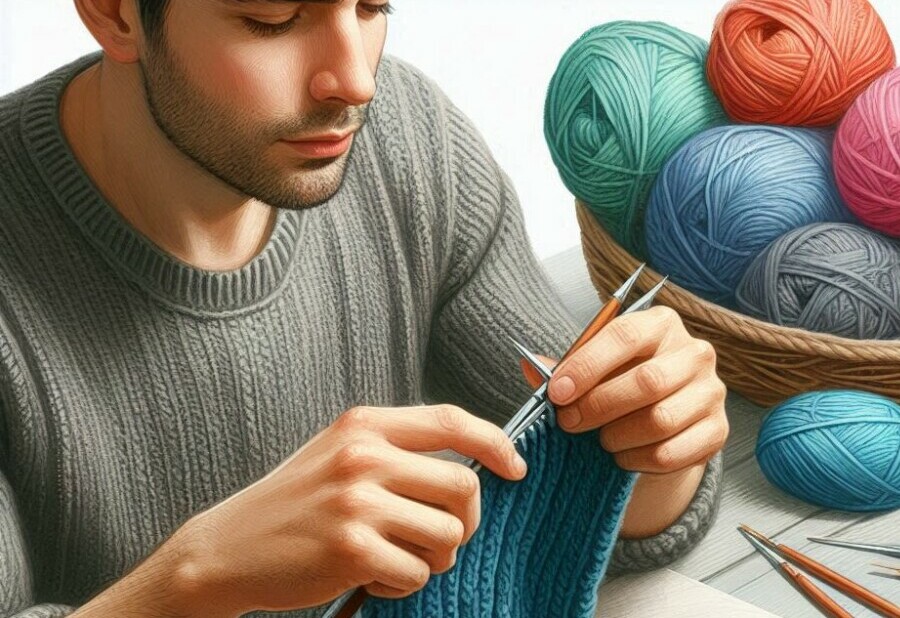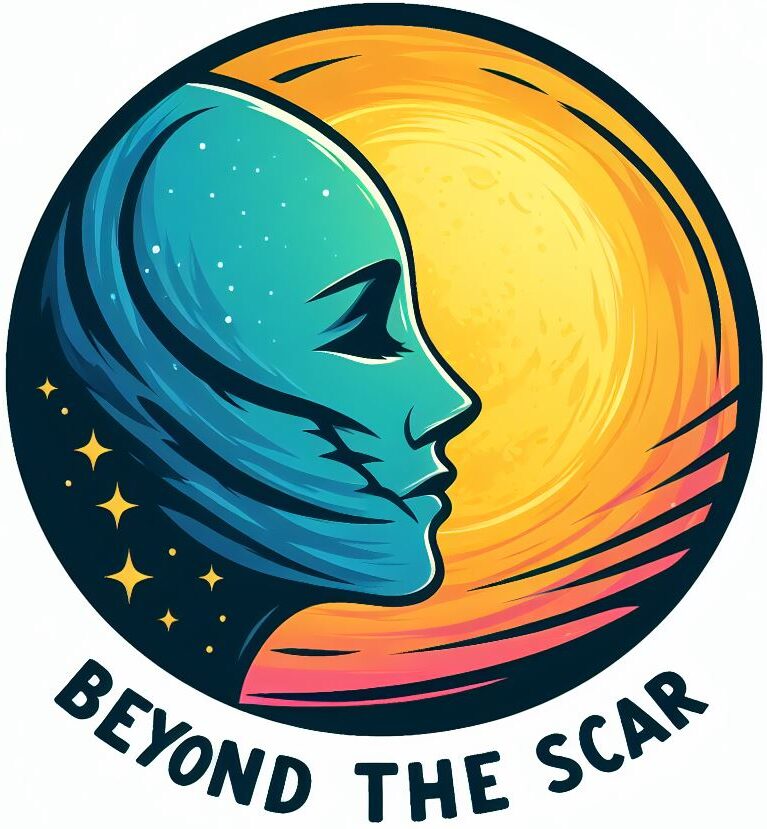
You’re probably familiar with the relief that comes from doodling during a long phone call or the sense of tranquility when painting a scenic landscape. There’s more to it than just relaxation
Art therapy taps into that soothing experience and turns it into a therapeutic tool .At its core, art therapy relies on a partnership between a credentialed art therapist and you, the client. This partnership isn’t just about creating pretty pictures but rather using art as a medium to address psychological and emotional challenges.
It’s fascinating to see how art therapy complements traditional mental health treatments.Some people find it easier to express themselves better in images than words. Scalping for example uses clay or other sculpting materials to create three-dimensional artwork. This can be particularly beneficial for individuals who struggle with verbal expression as it provides a tactile way to explore emotions and experiences. That is the magic of art therapy. It provides an alternative language for self-expression and introspection, often revealing insights and feelings that might be difficult to verbalize.
Let’s look at some stories. Imagine someone who’s always struggled to talk about their feelings. Through art therapy, they find a voice. Or the child who can’t explain their fears, but can draw them vividly. These cases shed light on the power of a brush and palette in hands that are searching for a way to speak from the soul.
Art therapy includes various activities, like painting, sculpting, and collage-making. Yet, there’s a common thread through the guidance of the therapist, these activities become channels for personal growth and healing.
The Science of Art Therapy: How It Supports Mental Health
Understanding the psychological underpinnings of art therapy reveals its unique capacity to facilitate healing and mental well-being. Engaging in artistic creation stimulates the brain in ways traditional therapies might not, offering a non-verbal mode of expression that goes beyond words.
Research studies have been instrumental in showcasing the clinical benefits of art therapy. I’m going to highlight breakthroughs, such as a study by the American Art Therapy Association, which found improvements in trauma survivors’ emotional states following consistent art therapy sessions.
These clinical insights are backed by biological evidence—creating and interpreting art can lead to reduced stress hormones like cortisol. Moreover, it’s been found that the process can stimulate the release of dopamine, a neurotransmitter associated with pleasure and reward, providing a natural antidote to feelings of anxiety.
The way art therapy engages different mental processes is fascinating. For example, drawing or painting can activate the imaginative centers of the brain, which contributes to problem-solving and coping strategies in daily life. This type of engagement encourages individuals to navigate cognitive and emotional obstacles in imaginative and constructive ways.
Art Therapy in Action: Success Stories and Case Examples
Many individuals from different walks of life have found solace and healing through art therapy. To put this into context, let’s look at a few success stories that showcase the personal transformation possible through this therapeutic practice.
First, consider the experience of elderly individuals battling loneliness and depression in a senior care facility. Introducing art therapy provided them with not just a means of self-expression, but also a sense of community. Over time, participants showed improved mood, social interaction, and a decrease in depressive symptoms.
Then there’s the story of children with autism spectrum disorders who often struggle with communication. Art therapy has been instrumental in giving these children a voice; art provides children with a medium to express complex emotions when they struggle to articulate them verbally, especially in cases of trauma . Through artwork, children have been able to express their emotions and experiences, facilitating better understanding for themselves and those around them.
Adolescents dealing with substance abuse have also benefited from art therapy. Engaging in art-making within a therapeutic setting helped them process feelings of guilt, shame, and anxiety, contributing to their recovery journey.
 Engaging in knitting can serve as a healthy distraction from negative thoughts or overwhelming emotions. It provides individuals with a constructive way to cope with stress, grief, or trauma by channeling their energy into a productive activity.The tactile experience of handling yarn and needles in knitting can stimulate the senses and promote relaxation. It engages both fine motor skills and hand-eye coordination, which can be beneficial for cognitive function and coordination.
Engaging in knitting can serve as a healthy distraction from negative thoughts or overwhelming emotions. It provides individuals with a constructive way to cope with stress, grief, or trauma by channeling their energy into a productive activity.The tactile experience of handling yarn and needles in knitting can stimulate the senses and promote relaxation. It engages both fine motor skills and hand-eye coordination, which can be beneficial for cognitive function and coordination.
In many cases, art therapy has acted as a gateway to discussing difficult topics that may not have surfaced in traditional therapy settings.Success in art therapy isn’t just an anecdotal phenomenon. Research studies corroborate these stories with data, showing overall improvement in psychological well-being among participants. Each case is unique, but the unifying thread is the profound impact art therapy can have across differing individual challenges.
These examples also highlight the adaptive nature of art therapy. It’s not a one-size-fits-all approach; therapists tailor the process to fit individual needs and circumstances, resulting in deeply personal and relevant therapeutic experiences.
With these success stories in mind, it’s clear that art therapy possesses a versatile and potent capacity to aid mental health. Now, if you’re inspired by what you’ve read and are considering exploring art therapy for yourself or others, the next step is understanding how to get started.
Embarking on Your Art Therapy Journey: Next Steps
Now that you’re equipped with an understanding of art therapy’s impressive benefits and real-world success stories, you might be eager to start your own journey.
To find a certified art therapist, check with professional associations like the American Art Therapy Association. They provide directories and resources to help you connect with professionals.
Meanwhile, even without a therapist, anyone can get started on simple art activities. Drawing, painting, or sculpting can be easily integrated into your daily routine, creating pockets of relief and self-discovery.
Likewise, there are plentiful resources you can delve into if you’re curious to learn more. Consider picking up a book on art therapy or visiting reputable websites for guidance and inspiration.
Ultimately, whether through professional guidance or personal exploration, art therapy holds the potential to enhance your mental health journey. If inclined,take the first step and witness art’s trans-formative power, as it heals where words fail, weaving creativity into mental well-being.

I found this very interesting thank you.
I have always believed in the healing power of art but seeing it presented here with such positive impacts was very nice indeed.
This seems to have a very positive impact on mental health as it offers an outlet and a way to express emotions that might be hard to verbalize sometimes.
It’s also good to see how different methods can cater to different peoples needs, whether through painting, sculpting, or even other art forms.
I wanted to ask you something if you don’t mind, do you know of any particular artistic methods that seem especially powerful for emotional healing? I look forward to learning more and I will come back again!
Chris
Thanks, Chris. Various types of art therapy use different approaches tailored to individual needs. A trained art therapist can guide you to the right intervention for emotional healing.